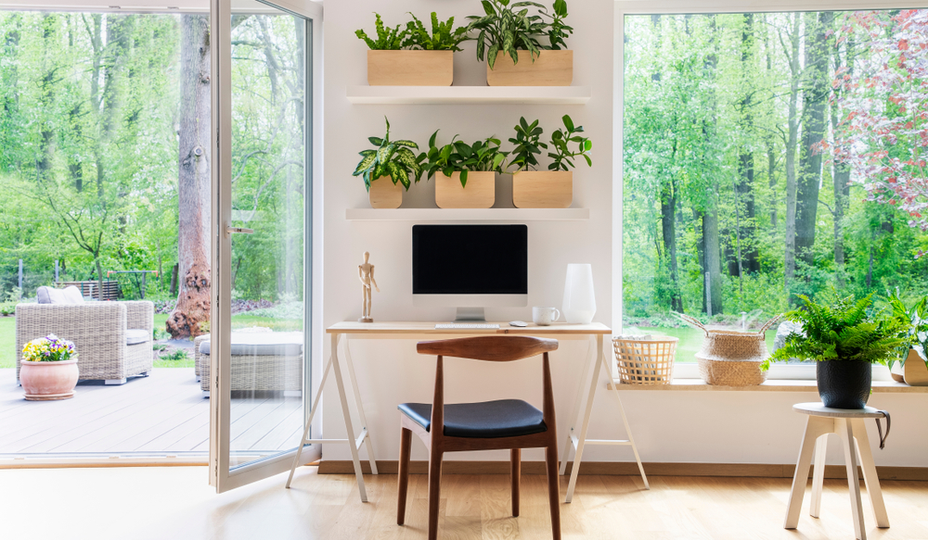
Over the past two years, office workers have been working from home in whatever makeshift space they could manage. Kitchens, guest bedrooms, and living rooms were quickly transformed into spaces to host workstations and Zoom meetings.
And now, while some workers are returning to the office, others are looking for better home office solutions. Working from home has its benefits, but it can be difficult to stay focused. Maybe you have kids that demand attention 🙂 or roommates taking over communal spaces. Maybe the domestic to-do list is difficult to ignore. Need a dedicated office space but have no room indoors? Consider a backyard office!
A backyard office is exactly what it sounds like – an office in your backyard! A home office that isn’t exactly in your home. These offices are often separated from the main house to provide a distraction-free environment to get work done. They also help improve quality of life and work–life balance.
Many homeowners are investing the money they’ve saved from not being able to travel or go out with friends into their homes. Renovations are on the rise, and home additions, decks and patios, and custom sheds can provide the perfect backdrop for your backyard office. Not only do they add value to your life and property, but they can also provide potential rental opportunities down the line!
That said, it’s important to note that investments won’t always have the same return. If you’re going to invest in a backyard office, consider your property, your short- and long-term needs, and the return on investment (ROI) of your project.
There are several ways to go about building a backyard office. The first way is to not build it yourself but order a prefab studio shed that you can use as an office. The main consideration here is that anything prefab is going to cost more. If you prefer to customize things, another option is to hire an architect or architectural technologist to help you with the design and construction of your project. Likewise, more complicated structures, such as a sunroom addition, should likely be handled by licensed contractors. The third option is to DIY your studio shed.
Leave A Reply